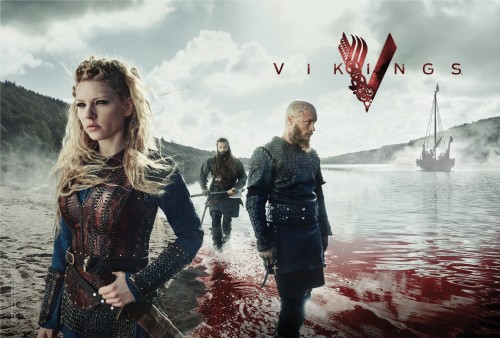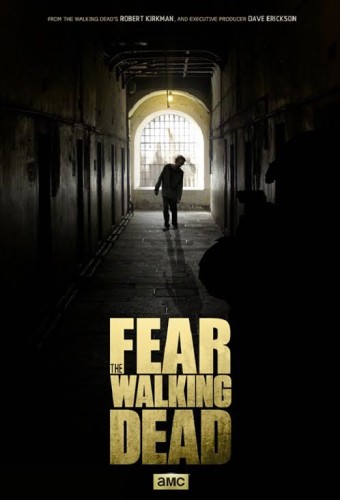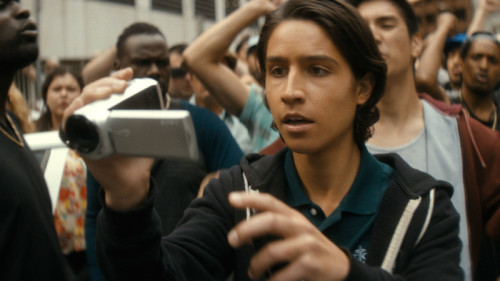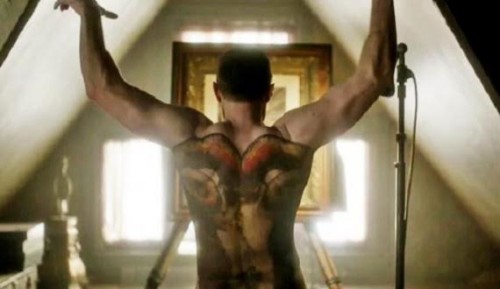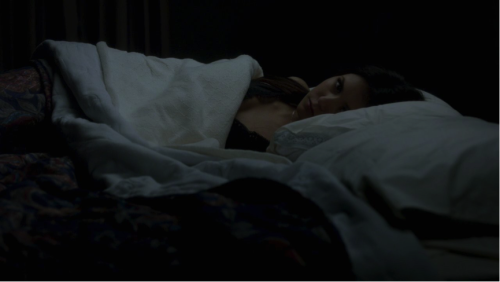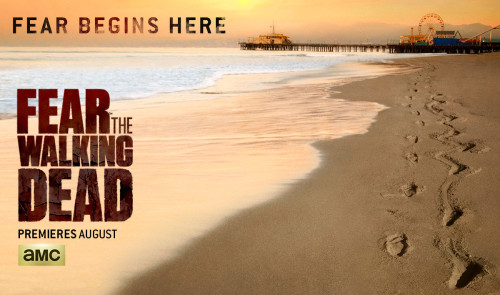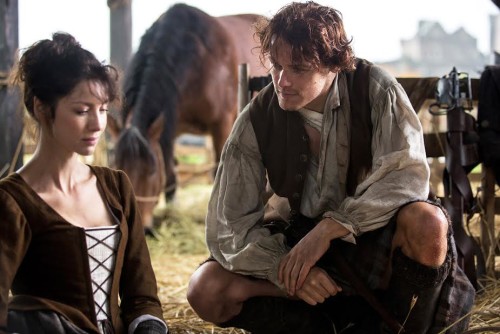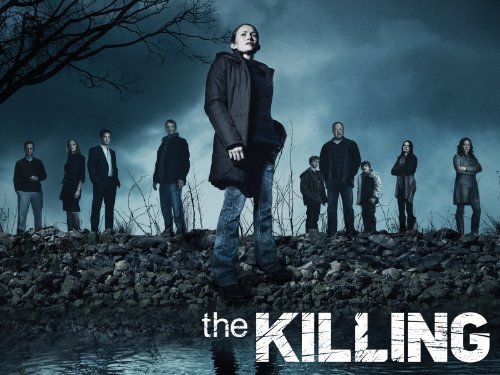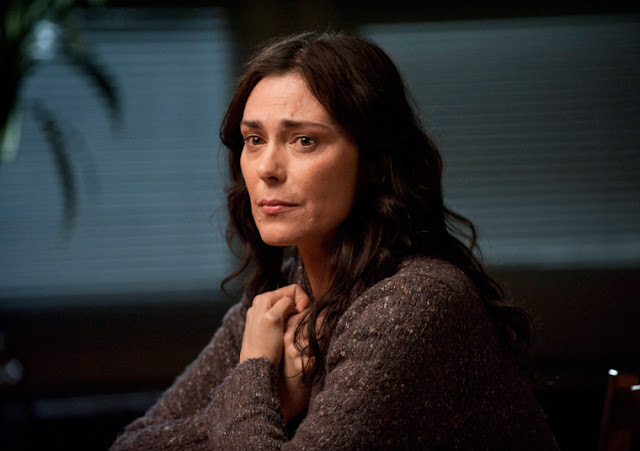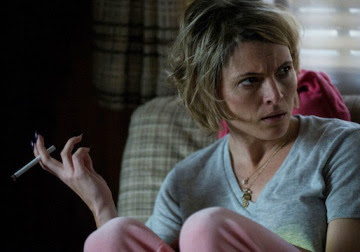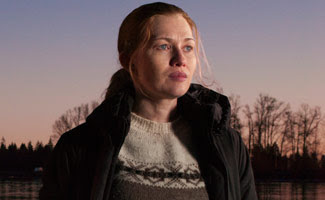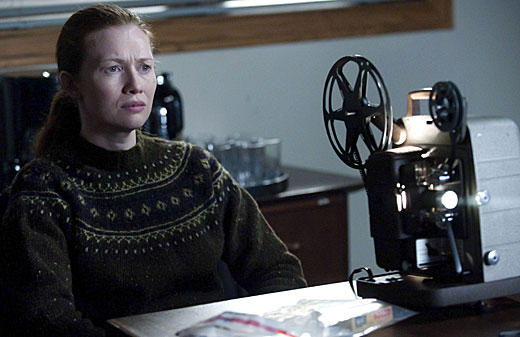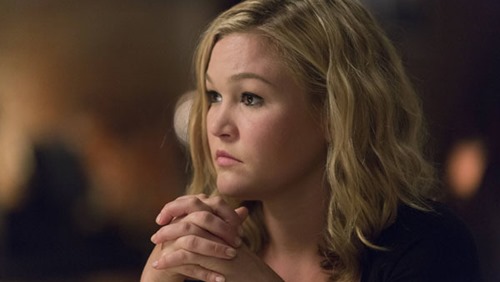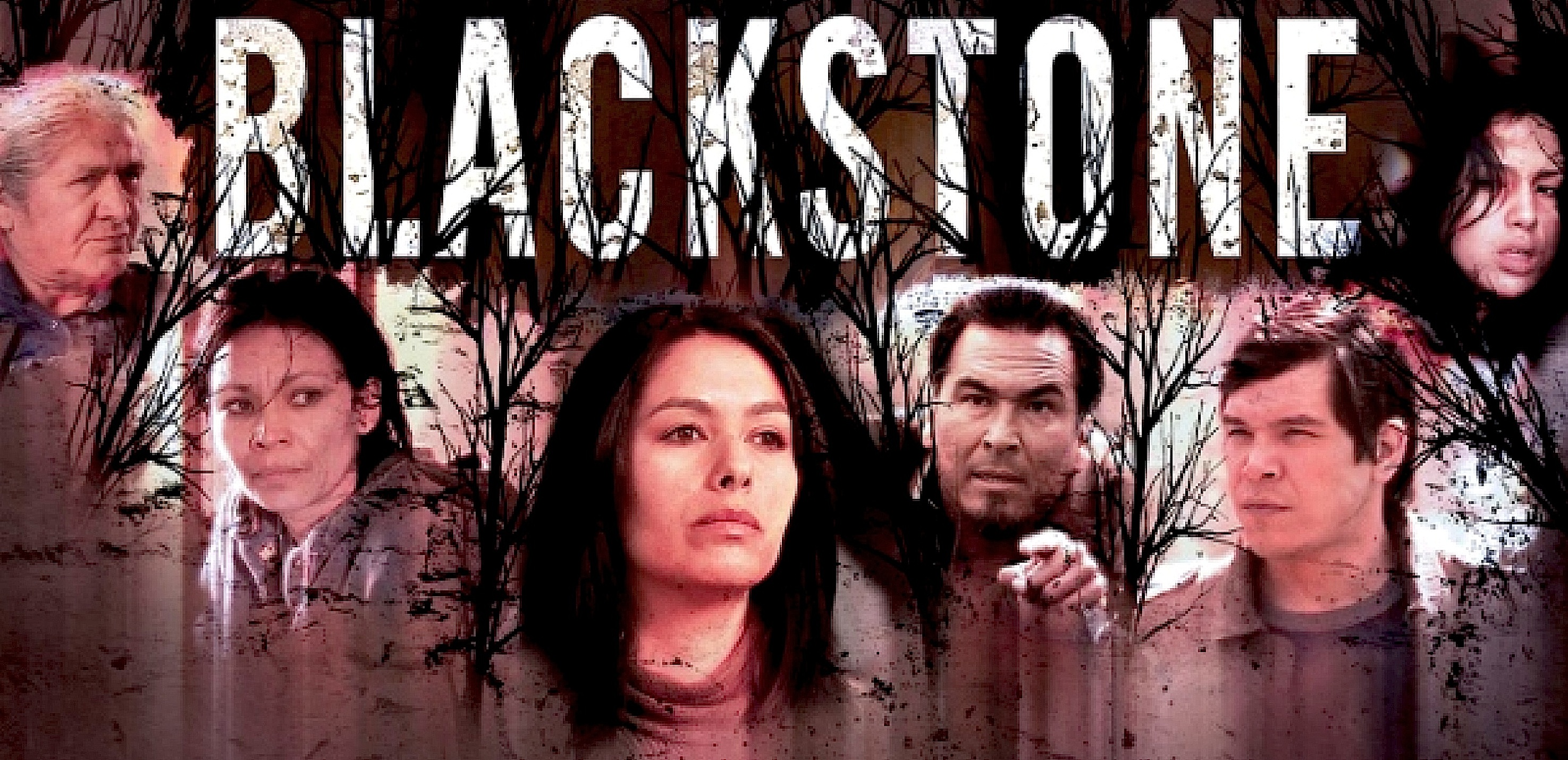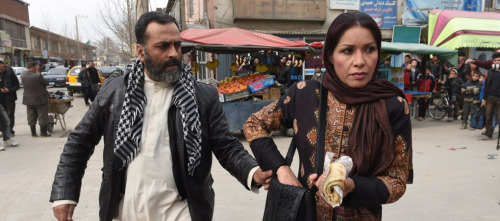This is a guest post by Giselle Defares.
Heroic ethos has infused entertainment through the ages. From the Mesopotamian Epic of Gilgamesh, to the half-gods of Greek mythology, to Robin Hood in English folklore, to the pulp stories of the nineteenth century, we are enthralled by heroes who are equipped with power to accomplish impossible tasks. In our age, it makes for slightly pulpy yet super addictive entertainment TV–see Rome, Spartacus: Blood and Sand, and Game of Thrones. There’s a tendency in fantasy or historical dramas to sideline or fit the female characters into a “traditional” mold. The underrated Vikings offers nuanced female characters to cleanse your palate.
The Canadian-Irish TV series had its debut on the History Channel in 2013. Vikings is the brainchild of Michael Hirst, who has a repertoire of remolding history in digestible, viewable snacks. He worked as a screenwriter for Elizabeth, Elizabeth: The Golden Age, and was the executive producer for the Showtime dramas The Tudors and The Borgias. While the History Channel has a track record of traditional programming focused on the link between ancient buildings and aliens (see Ancient Aliens or UFO Files). Vikings is their first foray into scripted TV drama and definitely their showpiece.
Ragnar Lothbrok is a semi-legendary character in Scandinavian history –a rather Arthurian spirit. He was either a Danish or Swedish king, and he raided widely in Britain and France. Ragnar had three wives–Lagertha, Thora and Aslaug, a Swedish princess whom he rescued from two giants serpents. He fathered a number of sons, all whom appear to be “genuine” historical figures, and came to his untimely end when he was killed by King Aelle of Northumbria by being thrown into a pit full of snakes, right. In pop culture, his last depiction was in the movie The Vikings (1958) with Kirk Douglas, Tony Curtis, and narrated by Orson Welles.
Vikings centers around Ragnar Lothbrok (Travis Fimmel), a Viking farmer living in the fictional rural Kattegat, Scandinavia in the 790s CE. Ragnar is married to the “famous shieldmaiden” Lagertha (Katheryn Winnick). Together they run a small farm and live happily with their two children Gyda and Bjorn (who later becomes Bjorn Ironside). The village is ruled by the stock-villainous character Earl Haraldson (Gabriel Byrne), a totalitarian ruler, and his Lady Macbeth wife Siggy (Jessalyn Gilsig). Haraldson owns the ships that goes into the Eastern Baltic every year to raid Russia. Ragnar suggests that there’s nothing to gain from their trips to the east and that they should go west. The Earl is skeptical to Ragnar’s claims. His friend Floki (Gustaf Skarsgård), a crafty boatmaker, has secretly built a longship for Ragnar, so he can assemble a crew and go wherever he wants. The Earl is against their mission so Ragnar has to act out in secret. Ragnar gets support from his ambitious brother Rollo (Clive Standen). There’s underlying tension between the brothers because Rollo has desire for Lagertha and is hungry for power. On one of their first Viking raids on the British Isles, Ragnar kidnaps the Christian monk Athelstan (George Blagden), who later serves as the audience’s eyes and ears within the Viking culture.
The first season is focused on the rise of Ragnar as Earl of Kattegat and his adventures on the British Isles. We see his growing relationship with Athelstan and his curiosity for Christianity. His relationship with Lagertha crumbles when she doesn’t produce a new heir. During their annual trip to the Temple in Uppsala, where clans gather to worship the Gods, Ragnar meets Princess Aslaug, who holds his interest and can provide him with sons. In the second season, we fast forward four years and find out that Lagertha has remarried to a powerful yet abusive Earl and there’s friction between her new husband and Bjorn. Aslaug reigns with Ragnar and raises his sons. Siggy struggles with her new position in the clan and is in a (political) relationship with Rollo. The third season shows that Athelstan is integrated in the Viking clan but can’t fully submerse himself into the culture. During one of the raids he’s captured and ends up living with King Ecbert, ruler of Wessex. The Viking clan explores the new world and the show is focused on the power struggles between Ragnar, Lagertha, and King Ecbert.
Vikings is a confident show. It’s certainly not without its flaws. Especially the first half of season 1 was very cheesy, predictable, and slow. Even in the later episodes there are still several moments where the dialogue feels stilted. The show is filmed in Ireland and while the production value is not on the same level of shows such as Game of Thrones (Vikings has often been named in the press as “Game of Thrones lite”), it’s a great first-time effort by a basic cable network. There’s a lot of time invested in authentic detail. Whilst a good portion of the show is fictional, many storylines and subsequently the characters are based on recorded events and Norse legends. The show doesn’t hide from religion and portrays hallucinatory interactions between God and men, uninhibited sexuality, and of course the clash between innovation and conservatism.
The show initially flew under the radar – though it got higher ratings with each season. The first impression for many is that the show is male-dominated. That may be, but the women are well-written and not put on an unattainable pedestal. It’s refreshing to see female characters who are allowed to be as nuanced and complex as their male counterparts. Quite often – in this particular genre – they’re either the quiet submissive girlfriend or “Xena: Warrior Princess” types. In Vikings, the women can do anything, be who they want to be, and each one of them has their own particular motivation for their actions.
It can be argued that because of the unique social structure and the pagan religion within the Scandinavian society the women are portrayed differently. There’s no Christian morality and obvious “sense of gender.” Yet, that argument doesn’t hold when you look at other shows such as Game of Thrones. There are no obvious elements of Christianity in Game of Thrones, but the misogyny runs high in the various storylines. Game of Thrones is/was an enjoyable layered show but its sprinkled with “random female nudity.” Vikings has the occasional sex scene but the nudity isn’t arbitrary and supports the storyline.
Ragnar’s (ex) wife Lagertha is a fan favorite and of the more interesting developed characters throughout the three seasons. She’s introduced as a shield maiden, which means that she’s a trained female warrior. Under the purists, there has been some dispute whether there’s clear historical evidence that there were women warriors in Norse society. There’s often an element of male fantasy interjected in shows where the women can be portrayed as tough female characters who ultimately (sexually) succumb to the male hero. That’s not the case in Vikings. Lagertha rejects the proper, subordinate Christian role that’s expected of women. Instead she does it all: mother, farmer, and warrior. It’s a modern (and smart) decision to portray her as a “real” woman and a warrior in her own right.
Lagertha and Ragnar had a healthy relationship in the first season. They were equals in every sense of the word. In the second season, the audience saw Lagertha stab her husband Sigvard in the eye after his failed attempt to sexually harass her in front of the guests. So within three seasons, Lagertha divorced Ragnar, killed her second husband, and flirted with King Ecbert. How’s that for self-confidence and self-worth? There’s an hilarious moment in the second season, that illustrates the changed dynamic between Ragnar and Lagertha. Lagertha became the Earl of Hedeby and hopes to be an alley to Kattegat. Lagertha quips, “Yes, we are equal. I’m sure this is difficult for you.”
It must be said that there’s an excellent progression of all the female characters on the show. One of the primary antagonists (at least in the first season) is the noblewoman Siggy. It’s a nice juxtaposition with Lagertha. Most of the time Siggy was seen sulking around in beautiful outfits. Yet, she’s never portrayed as less compared to the tougher Lagertha. Siggy does what needs to be done in order to survive and she has an insatiable hunger to gain back some of her power.
In season 2 and 3, Siggy develops a bond with Aslaug. Aslaug is in the beginning portrayed as a stiff princess, her relationship with Ragnar differs from the one he had with Lagertha. Ragnar does love Aslaug but merely for her mystic powers and the fact that she provided him with sons. Initially there’s some tension when Lagertha and Aslaug first meet but that is fast and smoothly resolved. Both women recognize each other’s strength and show respect. How the women may differ or disagree, in the end they all support each other. That’s certainly refreshing in the realm of historical dramas.
Vikings is an historical drama with multifaceted characters across the board. It’s an entertaining, compelling show. The only reason your heartbeat will go faster is not because of misogyny or glaring stereotypes, but because of the female warriors who’re the heart of the show.
[youtube_sc url=”https://www.youtube.com/watch?v=IARD01_FEq0″]
Giselle Defares comments on film, fashion (law) and American pop culture. See her blog here.
